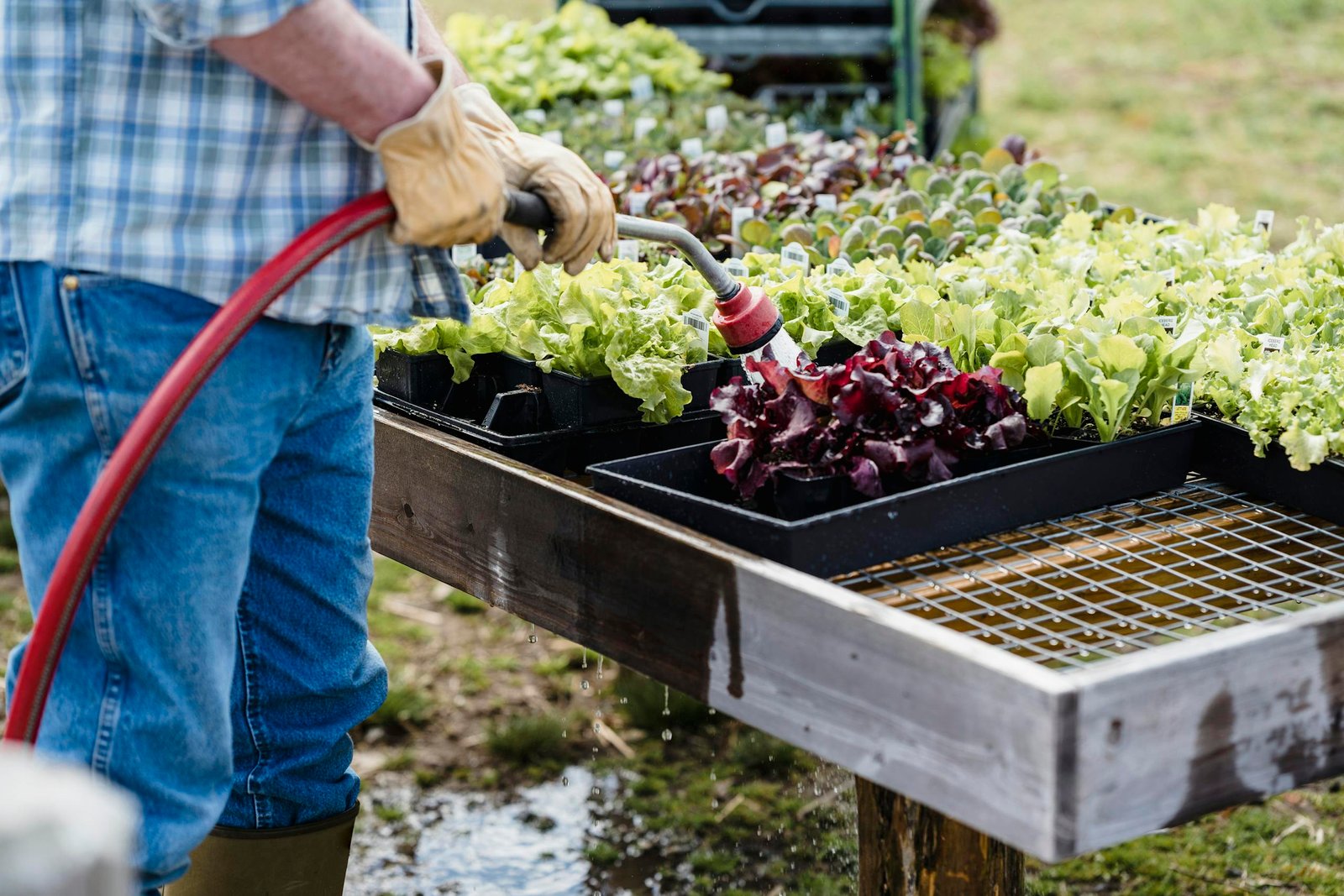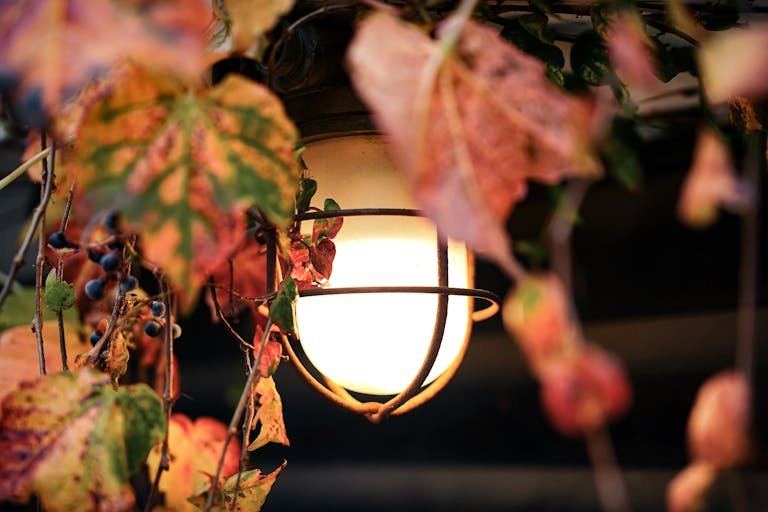Quick-Growing Vegetables for Impatient Patio Gardeners
Want fresh vegetables but can’t wait months for harvest? You’re not alone! Many impatient patio gardeners crave quick-growing vegetables for that instant gratification. The good news? You can grow delicious, nutritious vegetables in just weeks, not months.
Quick-growing vegetables are perfect for small spaces, busy lifestyles, and anyone who wants to see results fast. Whether you’re a complete beginner or an experienced gardener working with limited space, these speedy crops will keep you motivated and your kitchen stocked with fresh produce.
Background and Context: Why Quick-Growing Vegetables Matter to Impatient Gardeners
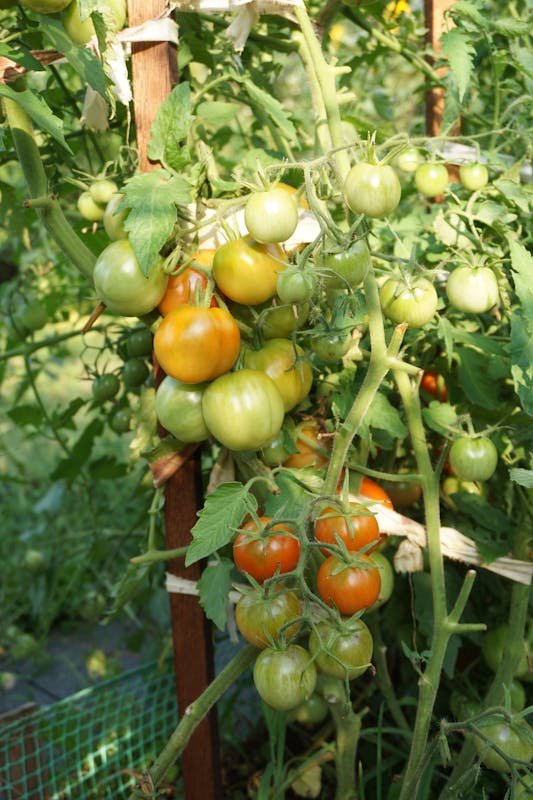
Traditional gardening often requires months of patience that many of us simply don’t have. Tomatoes take 60-80 days, peppers need 70-90 days, and don’t even get started on winter squash! But quick-growing vegetables can be ready in as little as 20-30 days while you wait for your tomatoes to ripen.
These fast-maturing crops are ideal for patio gardening because they:
- Maximize your limited growing space
- Provide multiple harvests per season
- Keep you engaged and motivated
- Offer fresh ingredients for daily cooking
- Work perfectly in containers
The best quick-growing vegetables for impatient patio gardeners include leafy greens, radishes, herbs, and certain root vegetables. These crops have been bred for speed and adapt well to container growing.
Step-by-Step Guidance: Getting Started with Quick-Growing Vegetables
Step 1: Choose Your Containers
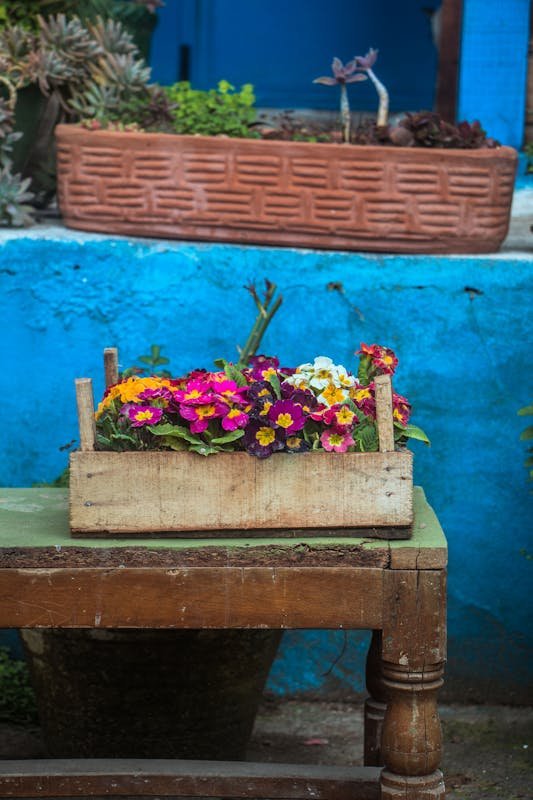
Select containers at least 6-8 inches deep for most quick-growing vegetables. Ensure proper drainage holes. Window boxes work great for leafy greens, while deeper pots suit radishes and carrots.
Step 2: Pick Your Quick-Growing Stars
Start with these reliable performers:
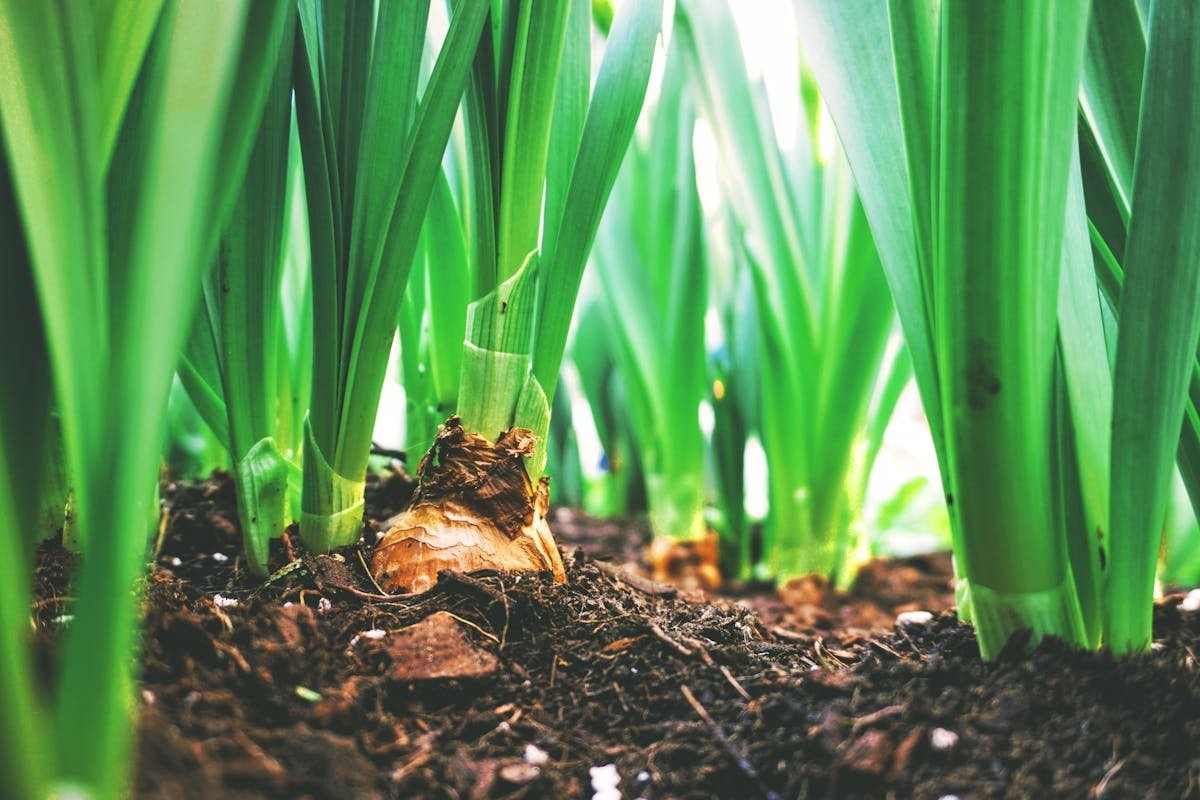
- Lettuce and spinach (20-30 days)
- Radishes (25-30 days)
- Arugula (21-40 days)
- Green onions (30 days from sets)
- Baby carrots (30-40 days)
- Microgreens (7-14 days)
Step 3: Prepare Quality Soil
Use a high-quality potting mix designed for containers. Never use garden soil in pots – it’s too heavy and doesn’t drain well. Mix in some compost for extra nutrients. Make sure the pots have drainage holes!
Step 4: Plant Strategically
Follow spacing guidelines on seed packets, but plant slightly closer in containers. Succession plant every 2-3 weeks for continuous harvests. This means starting new seeds while your first batch is growing.
Step 5: Provide Consistent Care
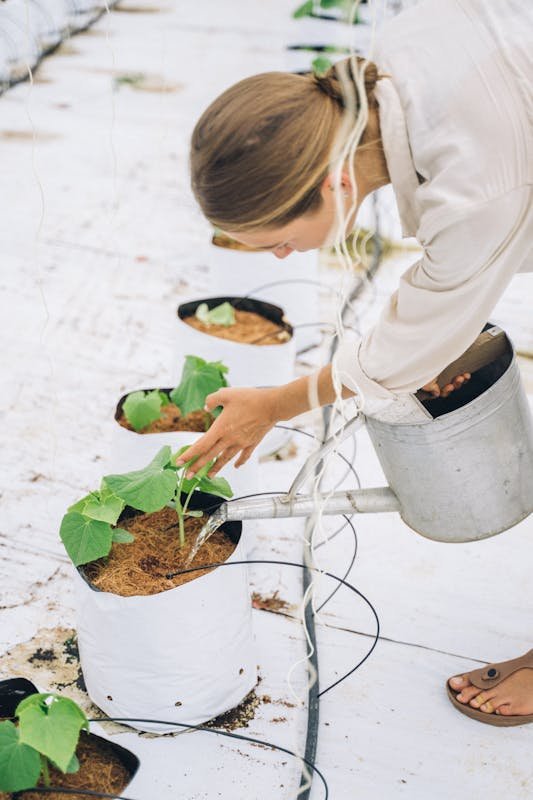
Water regularly but don’t overwater. Most quick-growing vegetables need consistent moisture. Place containers where they’ll get 4-6 hours of sunlight daily.
Step 6: Harvest at Peak Time
Don’t wait too long! Harvest leafy greens when young and tender. Cut outer leaves first, allowing centers to continue growing. If your harvest is too big, put the greens in freezer bags for later use.
Common Challenges and Solutions
Problem: Seeds won’t germinate Solution: Check soil temperature and moisture. Most quick-growing vegetables prefer soil temperatures between 60-70°F. Keep soil consistently moist but not waterlogged.
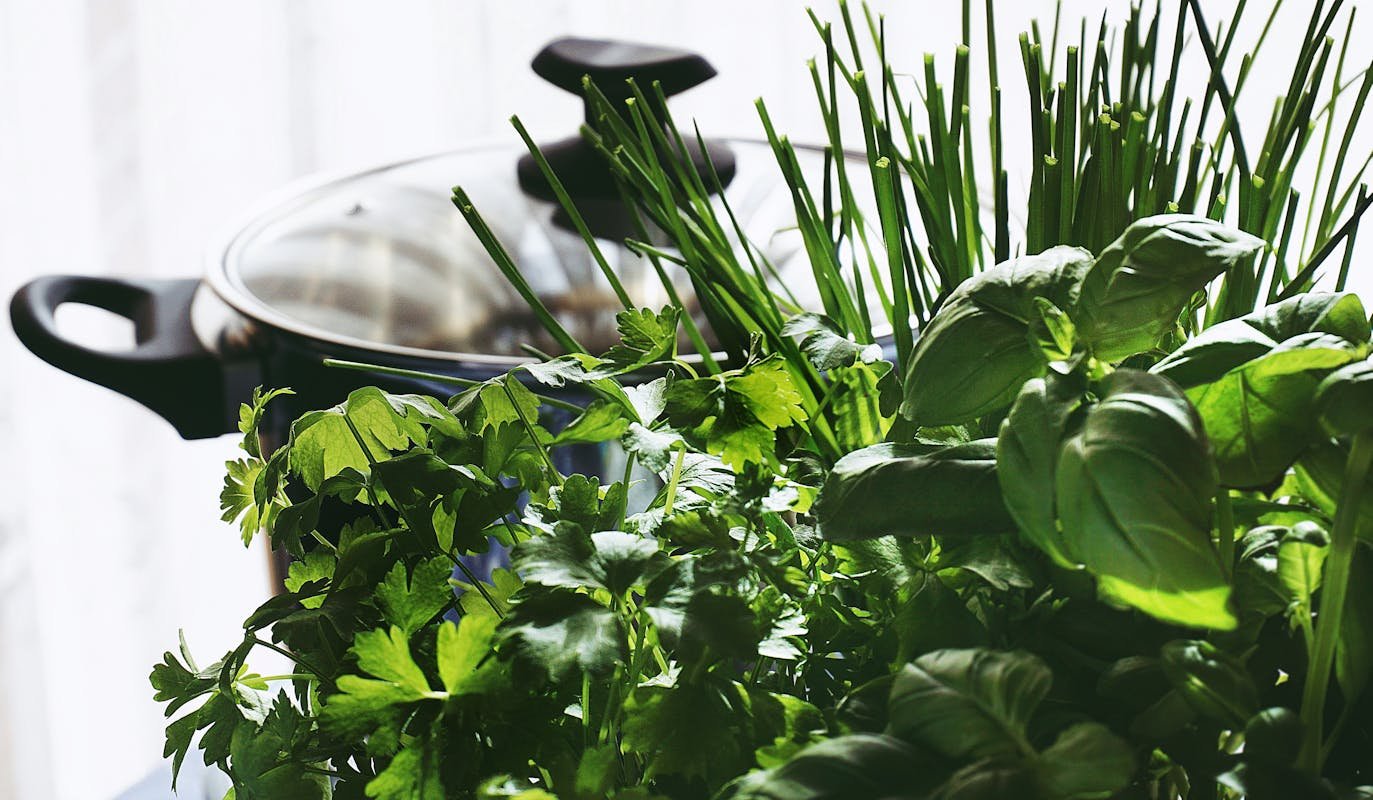
Problem: Plants bolt (go to seed/flower) too quickly Solution: This often happens in hot weather. Choose bolt-resistant varieties and provide afternoon shade during summer heat.
Problem: Pests attacking young plants Solution: Use row covers or companion planting. Marigolds and nasturtiums can deter many pests naturally.
Problem: Uneven growth Solution: Ensure consistent watering and adequate spacing. Overcrowded plants compete for nutrients and light.
Problem: Poor flavor Solution: Harvest at the right time and ensure plants get enough nutrients. Quick-growing vegetables benefit from regular, light fertilizing.
Must-Have Products for Quick-growing Vegetables for Impatient Gardeners
- Reusable garden grow bags designed to improve plant growth by air pruning roots and draining excess water.
- Industry-leading thick nonwoven fabric, nylon handles, and reinforced stitching for greater durability.
- Crafted with a true-to-size capacity while providing more surface area for roots to breathe and prune.
Essential Containers
- Self-watering planters for consistent moisture
- Window boxes perfect for herbs and lettuce
- Stackable planters to maximize vertical space
- Fabric grow bags for root vegetables (our favorites are above).
Tools That Make a Difference
- BUILT TO LAST: Weather-resistant and made with solid, galvanized steel to minimize wear, so you can enjoy its long-lasti…
- IDEAL COMFORT: Designed to be lightweight enough to carry, while maintaining a 1-gallon capacity to conveniently water y…
- ERGONOMIC DESIGN: Easily carry it using the top handle and switch to the side handle for controlled pouring; the spout i…
- Watering can with fine rose for gentle watering
- Small hand trowel for planting and harvesting
- Scissors or harvest knife for clean cuts
- Soil thermometer to check planting conditions
Seeds and Plants
Focus on varieties specifically bred for container growing. Look for seed groups in your area to get local input.:
- ‘Salad Bowl’ lettuce – heat tolerant
- ‘Cherry Belle’ radishes – quick and reliable
- ‘Astro’ arugula – slow to bolt
- ‘Paris Market’ carrots – perfect for shallow containers
Soil and Amendments
- Premium potting mix designed for vegetables
- Liquid fertilizer for quick-growing crops
- Compost to improve soil structure. You can use countertop composting bins.
- Mulch to retain moisture
Seasonal Considerations: Year-Round Growing
Spring (March-May)
Perfect time for cool-season crops. Start with lettuce, spinach, and radishes. These best quick-growing vegetables for impatient patio gardeners thrive in cooler temperatures.
Plant succession crops every 2-3 weeks so you’ll have a continuous harvest. Begin hardening off seedlings started indoors. Place the seedlings outdoors for a few hours a day to get them use to wind and full sun. This is prime time for easy quick-growing vegetables tips to pay off.
Summer (June-August)
Focus on heat-tolerant varieties. Try summer lettuce varieties, heat-resistant spinach, and herbs like basil. Provide afternoon shade and increase watering frequency.
Consider microgreens grown indoors during extreme heat. These small space quick-growing vegetables for impatient patio gardeners ideas work perfectly when outdoor conditions are challenging.
Fall (September-November)
Return to cool-season favorites. Fall-grown vegetables often taste better due to cooler temperatures. Plant 8-10 weeks before first expected frost.
This season offers some of the best growing conditions for quick vegetables. Days are warm, nights are cool, and pest pressure decreases.
Winter (December-February)
Move operations indoors or to protected areas. Grow microgreens, sprouts, and herbs on sunny windowsills. Consider cold frames for extending the season.
Even in winter, you can maintain your quick-growing vegetable garden with proper planning and protection.
Advanced Tips for Maximum Success from Other Impatient Gardeners who used Quick-growing Vegetables
Succession Planting Strategy Plant new seeds every 2-3 weeks for continuous harvests. This ensures you always have vegetables at different stages of growth.
Companion Planting Pair quick-growing vegetables with slower crops. Plant lettuce around tomato plants – the lettuce will be harvested before tomatoes need the space.
- Package content: This cucumber trellis set for garden includes a 34 X 47 inches A-frame cucumber trellis, a trellis nett…
- A-frame garden trellis: A-Frame design can help the plants get enough sunlight and provide better air circulation, allow…
- Quality material: These cucumber trellis are made of plastic coated steel pipe, rust-proof and sturdy. The surface of th…
Vertical Growing Use trellises and stackable planters to maximize space. Even quick-growing vegetables can benefit from vertical growing techniques. Cucumbers can shade lettuce and spinach if you have a full sun patio.
Microclimate Creation Position containers to create favorable growing conditions. Use walls and structures to provide wind protection and heat retention.
Real-World Success Stories
Sarah from Portland transformed her small balcony into a productive vegetable garden using only quick-growing varieties. She harvests fresh salads weekly and has reduced her grocery bill by $30 monthly.
Mike in Phoenix grows heat-tolerant quick vegetables year-round by providing afternoon shade and using self-watering containers. His secret? Starting seeds indoors during summer heat waves.
These examples show how best quick-growing vegetables for impatient patio gardeners for patios can transform any small space into a productive garden.
Troubleshooting Common Issues
Slow Growth Despite Quick Varieties Check soil temperature, light exposure, and nutrient levels. Quick-growing vegetables still need optimal conditions to reach their potential.
Bitter or Tough Leaves Usually indicates stress from heat, drought, or age. Harvest earlier and provide consistent care.
Low Germination Rates Old seeds, incorrect planting depth, or poor soil conditions. Always check seed packet dates and follow planting instructions carefully.
Conclusion: Start Your Quick-Growing Adventure Today
Quick-growing vegetables offer the perfect solution for impatient patio gardeners who want fresh produce without the long wait. With the right varieties, proper containers, and consistent care, you can enjoy homegrown vegetables in just weeks.
Remember these key points:
- Choose varieties specifically bred for quick maturation
- Provide consistent moisture and appropriate light
- Practice succession planting for continuous harvests
- Don’t be afraid to start small and expand gradually
The beauty of quick-growing vegetables lies in their forgiving nature and rapid results. Even if something goes wrong, you haven’t lost months of effort – just a few weeks.
Ready to start your quick-growing vegetable garden? Begin with just one or two easy varieties like lettuce and radishes. Once you experience the satisfaction of harvesting your own vegetables in under a month, you’ll be hooked on this rewarding hobby.
Your patio can become a productive vegetable garden faster than you think. The only question is: what will you grow first? Not sure how to make the most of your patio garden? Get tips from my other publications here.
Start planning your quick-growing vegetable garden today, and you could be enjoying fresh, homegrown produce by next month!

